Why to watch out for mummified cats during a renovation (yes, really)
It might be Halloween but mummified cats found in the walls of old buildings and homes is something to be cautious of all year around
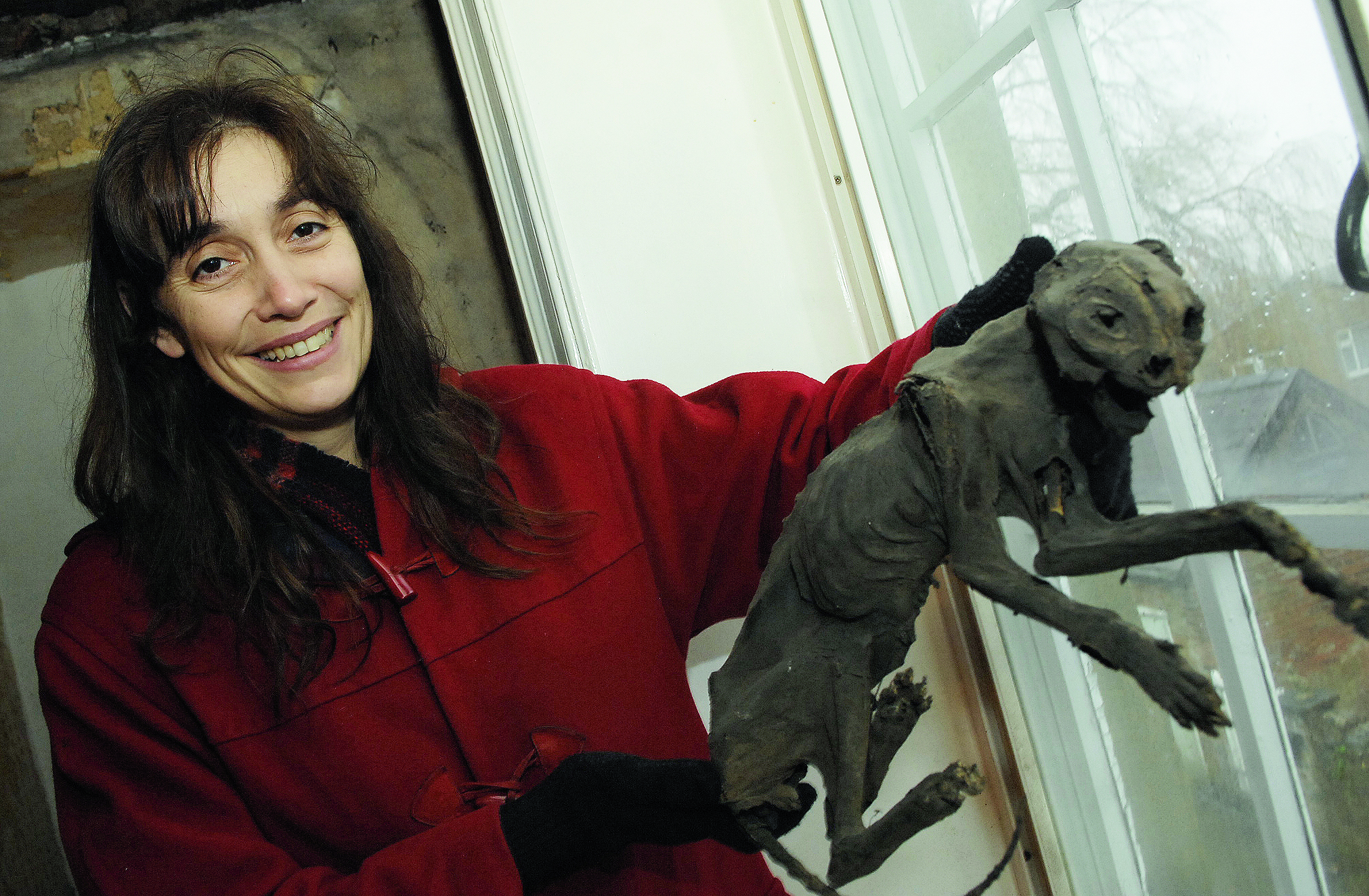
What nobody tells you when taking on a renovation project, is what might be lurking inside your walls and ceilings. And the shrivelled up corpse of a centuries-old mummified cat is top of that rather frightful list.
We're not talking about cats that met an unfortunate end after becoming stuck; these cats were hidden within the walls of properties throughout the UK, completely intentionally. Our rather horrifying ancestors thought grabbing a cat off the street, and stuffing it into a purposefully-built cat hole and bricking it up, was some kind of twisted good luck charm.
Fast-forward to the 21st century, and modern-day renovators are now unearthing these chilling relics surprisingly often. One couple found a mummified cat after it fell out of a roof void in Knaresborough, Yorkshire (pictured above), while builders found another one while renovating a house in Ugborough, Devon.
Even my local pub, The Nutshell, has its own mummified cat discovery hanging from the ceiling, affectionately named 'Fluffy' and now tasked with fending off bad punters.
Perhaps you haven't found one yet, but if you live in an period house there may be a mummified cat 'gently resting' behind your walls in a hidden chamber. Here is our grisly guide on the how and why of these dead cat discoveries.
Why are renovators finding mummified cats?
First, a little history on why these mummified cats were put inside British homes in the first place, a practice believed to date back to the sixteenth and seventeenth centuries.
Dr Marion Gibson, a witchcraft and folklore expert from Exeter University, told Homebuilding & Renovating that it's likely cats were hidden in walls to ward off evil spirits.
"The cats and other creatures and objects may have been placed in wall cavities to keep out 'evil' things, which could potentially include vermin, wicked spirits such as witches’ familiars or even witches themselves," she explained.
It is unknown whether the cats were always dead when they were placed inside the walls of buildings, but there is evidence to suggest at least some were, she added.
"The cats are often posed in attitudes of attack, and it wasn’t just mice and rats that people feared in past times. Spirits and witches, they thought, could pass right through walls and get into homes so the cats might have been imagined as fighting them off.
"Ultimately, though, we don’t know because no-one left an account of why they did it, so we can only speculate.”
Archaeologist Margaret Howard suggests in Lapham's Quarterly that some of these dried cats might have been "foundation sacrifices" to bring good fortune to new structures. She suggests that after human sacrifices were outlawed, people moved on to sacrificing animals. She believes later animals were substituted for inanimate objects such as the coins some still put in foundations today.
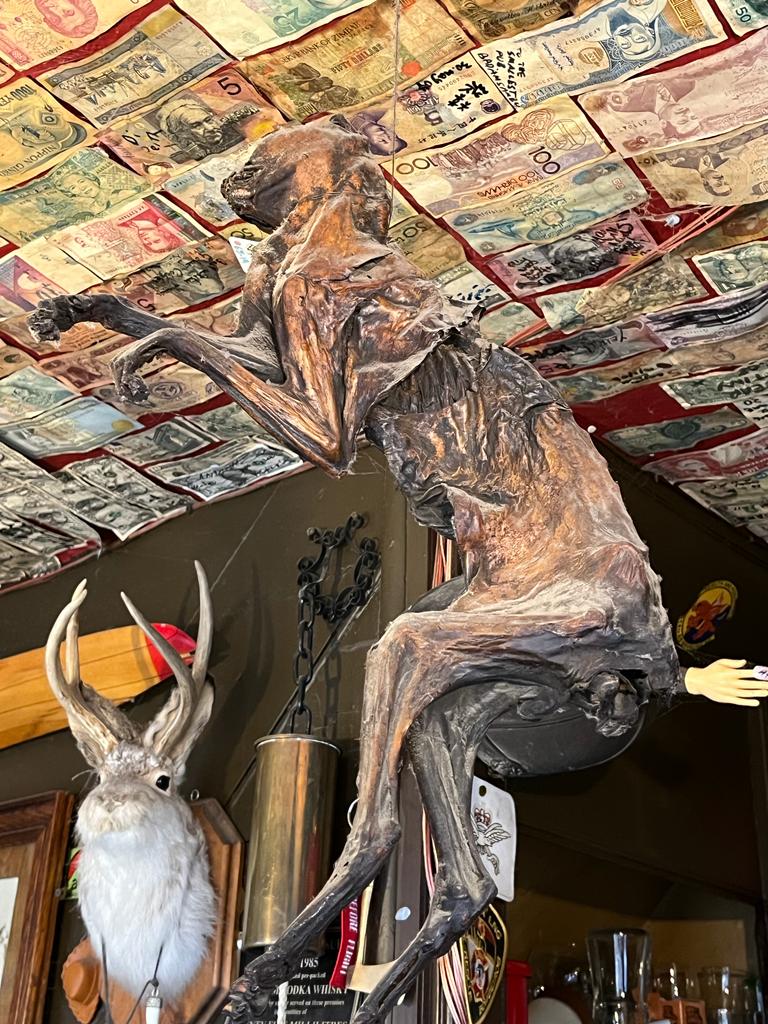
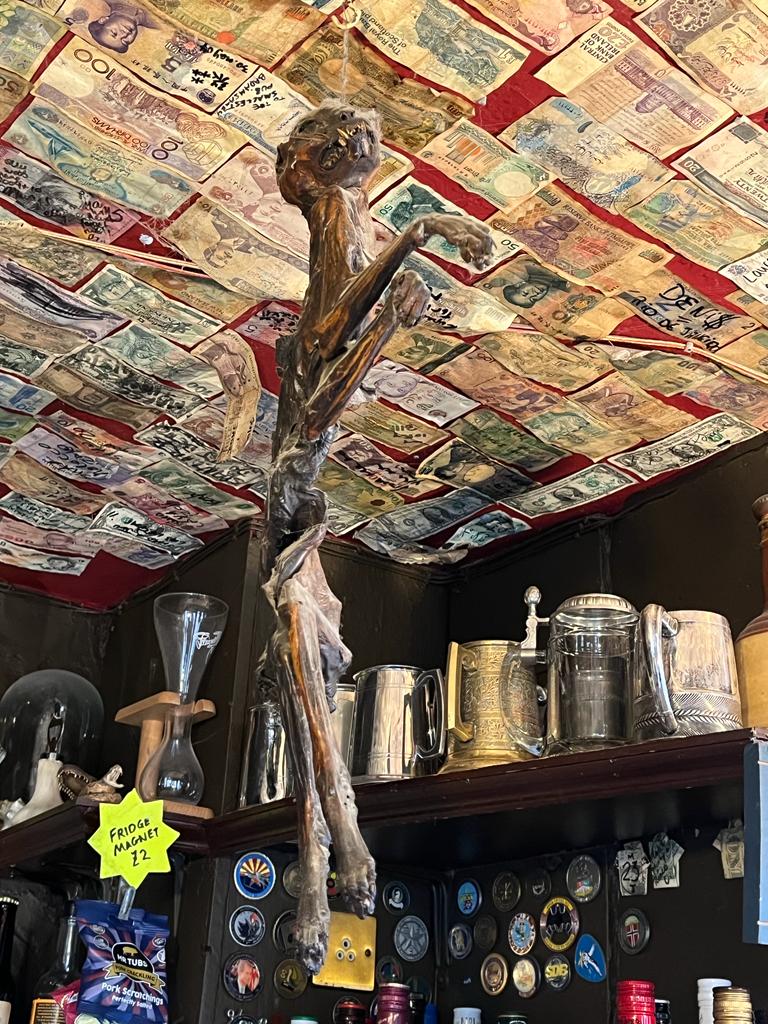
How are renovators finding mummified cats?
Renovators have described making the find usually when removing walls or even ceilings of older properties.
When Andrew and George Hartley made their mummified cat discovery at an 18th-century home in Yorkshire after the thing fell on them and gnarly, dried skin hit them right in the face.
Andrew said at the time: "It is well preserved, and I think it has very likely been up there over 100 years at least."
Dave Parker is said to have found a mummified cat when turning a stable block into apartments in the late 1970s. The project manager insisted the mummified cat was removed but Dave Parker felt it would be bad luck to do so, but did as he was told, chucking the shrivelled corpse into a skip. Minutes later, he went back up the ladder to resume work, when a plasterboard sheet fell from the ceiling and hit him in the head, leaving him with a nasty cut.
Meanwhile in Devon, builder Kevin Read found one inside the wall while renovating a bathroom. Owner Richard Parson, a funeral director, was taking no chances with any bad luck in removing it and made sure the dead animal went straight back into the wall where they found it.
The owners of The Nutshell pub in Bury St Edmunds, Suffolk (claimed to be Britain's smallest pub), chose to keep their 400-year-old mummified cat too — although, rather than returning it to the walls of the building, they hung 'Fluffy' as they call it, from the ceiling above the bar for all to see instead.
Barman Kevin Reilly at the pub told Homebuilding & Renovating he understands that the cat was found inside it's own special, dedicated chamber inside the brick wall of an old fireplace, which was renovated in the late 70s or early 80s. "It was when pubs by law had to have their own toilet, so all the fireplaces upstairs had to come out to accommodate a toilet," he explained.
"[Fluffy] was in a typical place. Back in those days, the only solid brick wall they would have had was the chimney place. It had its own chamber that was built in and the rest would have been solid.
"Sometimes they'd put candles in with these cats to use up the oxygen quicker. The idea was a screaming, scratching cat was supposed to have cleansed the building of evil spirits. Back in those days, cats were just vermin rather than pets and would have been feral."
And many more mummified cats have been found in churches, government buildings and even the Tower of London. The practice even crossed over to America and Australia as well as mummified cats being found in mainland Europe too.
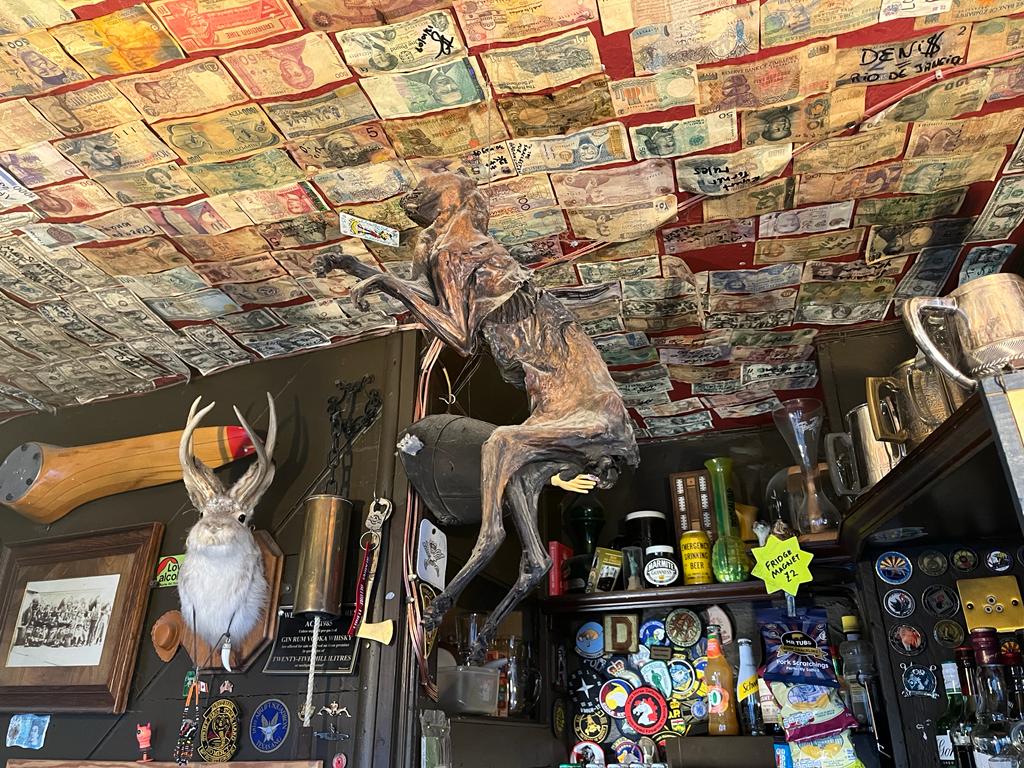
Why are the cats mummified?
As The Nutshell barman Kevin Reilly has already indicated, these cats were sealed in airtight places. Because of this, they did not decay in the usual way a dead body might.
Instead, the lack of air or very dry air caused the corpse of the animal to naturally dry out instead and become mummified. This is a slow process, but the cats have been left (and continue to be) inside the walls or ceiling for hundreds of years.
Get the Homebuilding & Renovating Newsletter
Bring your dream home to life with expert advice, how to guides and design inspiration. Sign up for our newsletter and get two free tickets to a Homebuilding & Renovating Show near you.
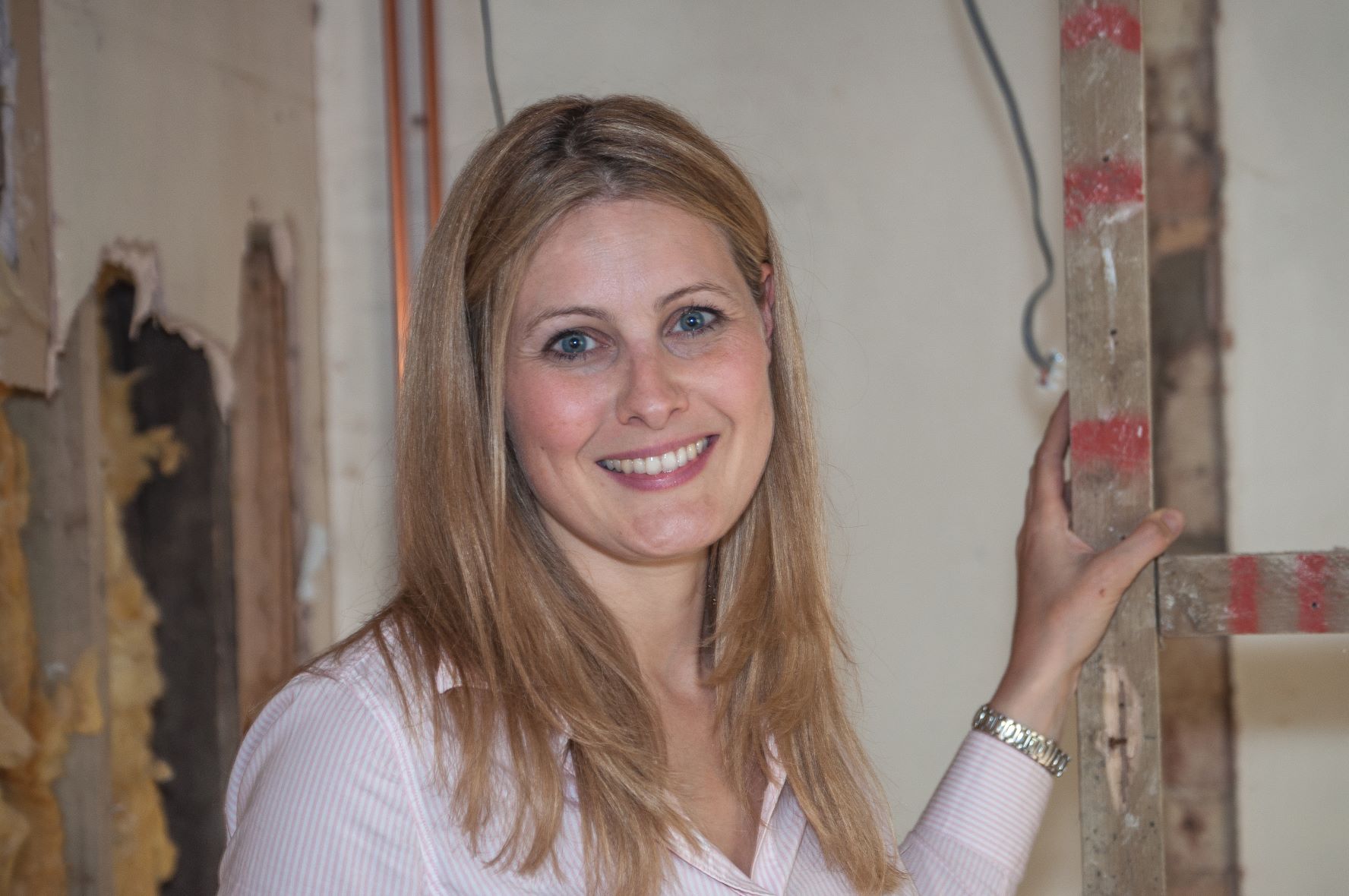
Amy spent over a decade in London editing and writing for The Daily Telegraph, MailOnline, and Metro.co.uk before moving to East Anglia where she began renovating a period property in rural Suffolk. During this time she also did some TV work at ITV Anglia and CBS as well as freelancing for Yahoo, AOL, ESPN and The Mirror. When the pandemic hit she switched to full-time building work on her renovation and spent nearly two years focusing solely on that. She's taken a hands-on DIY approach to the project, knocking down walls, restoring oak beams and laying slabs with the help of family members to save costs. She has largely focused on using natural materials, such as limestone, oak and sisal carpet, to put character back into the property that was largely removed during the eighties. The project has extended into the garden too, with the cottage's exterior completely re-landscaped with a digger and a new driveway added. She has dealt with de-listing a property as well as handling land disputes and conveyancing administration.
